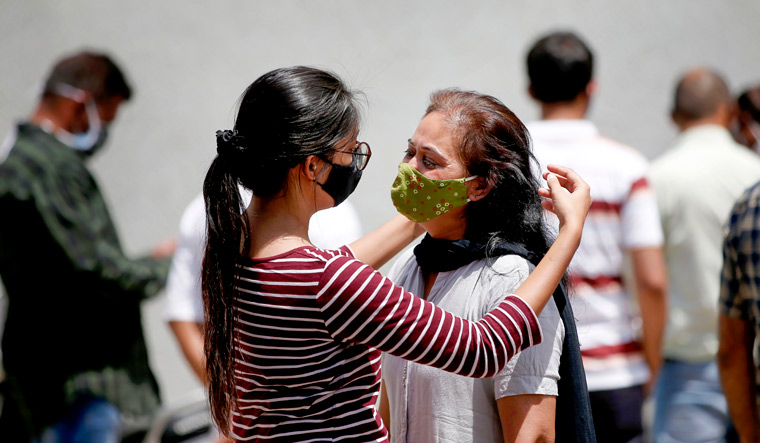“We are still seeing an upsurge, we cannot say when the downsurge will happen,'' admitted Dr Balram Bhargava, the head of the Indian Council of Medical Research, at the weekly media briefing on Wednesday. The daily increase in caseload has become a serious cause for concern, he said.
During the peak last time, the highest daily rise was around 94,000. This time, it has already surpassed 2.95 lakh.
The second wave as it is being called, he said, was more transmissible, which was perhaps one of the reasons for breakthrough infections (infections even after taking the vaccine). He, however, said that the percentage of these infections—between 0.02 and 0.04—was very low, and also, on par with vaccine reports from other countries. He also said that the health workers, being more exposed to infection, were more prone to breakthrough infection.
In five states—Maharashtra, Uttar Pradesh, Karnataka, Chhattisgarh and Kerala—active caseload is over a lakh, said Union health secretary Rajesh Bhushan. As many as 146 districts have a positivity rate of over 15 per cent, and therefore require careful monitoring. In 274 districts, the positivity rate is between 5 and 15 per cent while in 308 districts have less than five per cent.
One silver lining in the gloom is that the death rate in the second wave has shown a steady decline this month, from 1.45 per cent in January to 1.17 per cent right now. However, given that the numbers have risen so sharply, the decline in the death rate does not reflect in sheer numbers, and the incessantly working crematoria are testimony to the ground situation.
Bhushan's graphs indicate that in terms of percentages, the second wave has not behaved differently when it comes to age groups—the figures remain largely the same. Also, in percentages, the fatalities in the different age groups also follow the same pattern, though there is a higher figure for the 70 plus group. However, in terms of actual numbers, the story is different, given the extremely high caseload.





